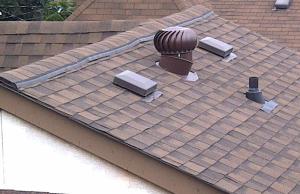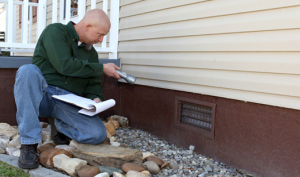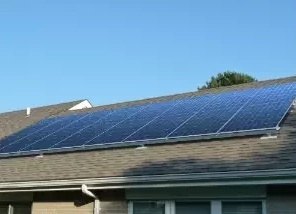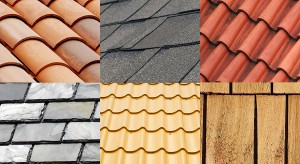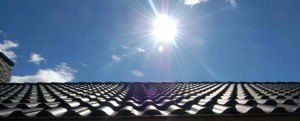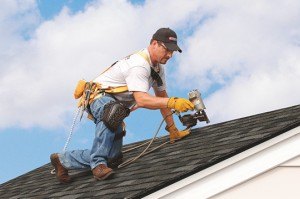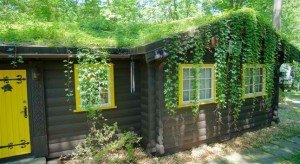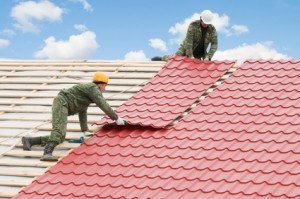Eleven Most Common Chicago Roofing Problems
A minor roof issue could become a major problem later if left unattended. The key to prolonging the lifespan of your Chicago roofing is regular maintenance. Catching roof problems early on and repairing them could save you thousands of dollars in roof repair or replacement.
These are the most common roof problems encountered in Chicago:
1. Ice and Snow
Harsh weather exacts a toll on the roof. Water could run under the shingles and flashing and subsequently refreeze, which could damage the shingles and flashings.
2. Flashing
A constant source of water damage, peeled or misaligned flashing allows water to seep into the house itself. Sealants around flashing could dry out with time or exposure to harsh weather, leaving gaps and cracks on the flashing through which rainwater could get in.
3. Gutters
Keeping the gutter clean and dirt-free is one of the required maintenance tasks you have to observe to keep your roof in tiptop shape. A clogged gutter allows water to flow down the eaves causing water damage. Always check for cracked seams and broken brackets to make sure gutters stay in place and do not leak.
4. Water ponding
This is a very common problem with flat roofs. Water ponding could eventually lead to leakage on the roof with the water penetrating and damaging the interior of the house.
5. Attic
Ventilation is important in keeping the roof strong and healthy. Poor ventilation in the attic, which lies just underneath the roof, causes the roof to deteriorate ahead of time.
6. Wind
It does not require a storm to damage your roof. Even strong winds on otherwise normal days can lift the shingles from a roof’s surface or blow them totally off the roof.
7. UV Light
Ultraviolet rays from the sun are one of the causes that roof materials deteriorate. Shingles could crack, dry, come loose or fall from the surface. Once the shingles are out, there is very little protection for the roof, which are now exposed to the elements.
8. Skylights
Leaking may result from snow or ice-covered skylights because of internal condensation when water is unable to evaporate. You may need professional help in working with skylights to avoid damaging them.
9. Trees
Abrasion on the surface of the roof may be caused by overhanging trees. Constant contact between the tree limbs and shingles could wear away the protective layer of the material. Falling branches may also damage the roof. Gutter clogging could occur from falling leaves that accumulated through time.
10. Wildlife
The roof attracts all kinds of critters. Birds peck on the eaves while looking for insects. Raccoons pull up shingles looking for passage to the attic. The holes left by birds and animals expose your roof to moisture and its unwanted consequences.
11. Insects
Termites, ants and other insects are serious problems when left unattended. They gnaw through woods and other soft parts of the roof such as the eaves and fascia boards. Insects also attract animals on the roof looking for them as food.

